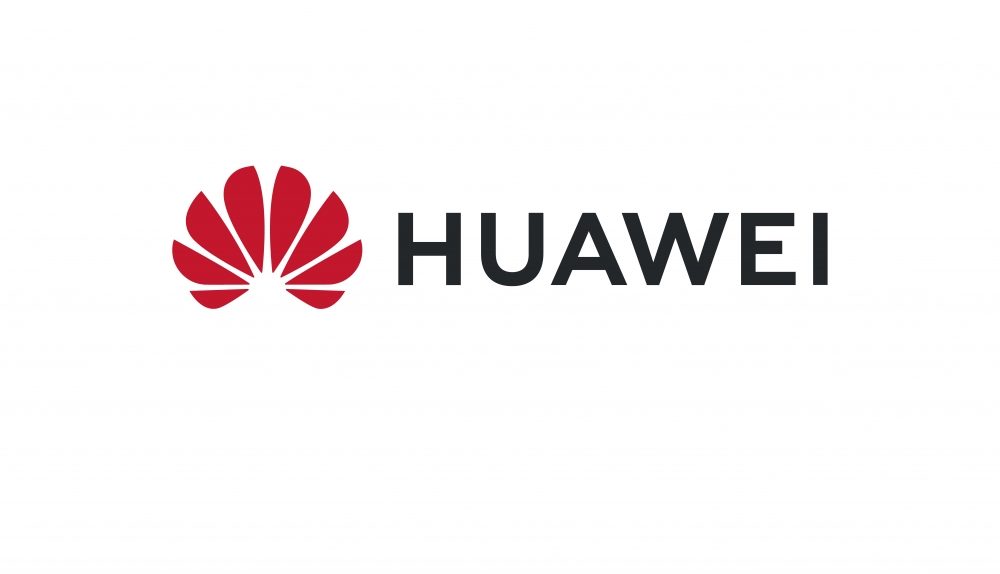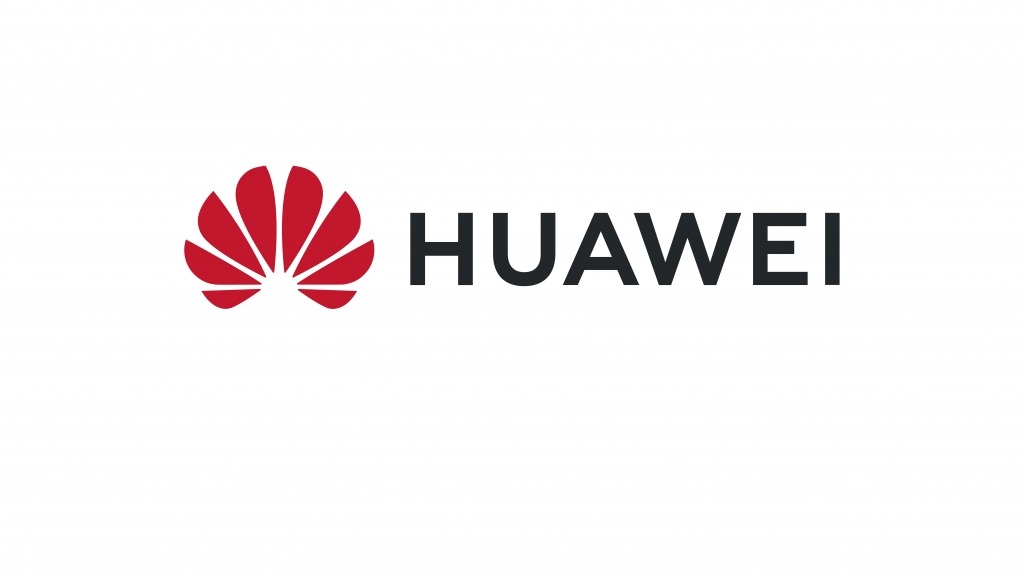
Huawei has further cemented its commitment towards a more sustainable future, with the launch of its greenest smartphone yet. Recognising that it takes many small steps to make a big difference, the newly launched HUAWEI Mate40 Pro includes a 28% reduction in plastic packaging, a 90% reduction in paper documentation and the elimination of the paper warranty. In addition, the new HUAWEI Mate40 Pro now only contains 3.8% plastic in its total packaging.
Huawei commissioned research to discover what people really think about sustainability, which revealed that following the global pandemic nearly one in five (17%) Brits would like to take this chance to reset and to strive towards a greener future.
But it’s not just plastic that consumers are worried about, nearly two-thirds of Brits (61%) would like to see paper documentation removed from packaging, to help reduce their paper consumption. And with 90% less paper documentation, the new industry-leading digital warranty card enables HUAWEI Mate40 Pro users to easily access their documents with a scannable QR code on the device, or simply by downloading it from Huawei’s website. In addition, the QuickStart Guide has also been reduced from 340 pages to just 44, and whilst the law currently prevents the removal of the entire paper guide, Huawei is working on this for the future.

Walter Ji, President of Huawei Technologies Consumer Business said: “At Huawei, we understand that bold steps must be taken by our industry to tackle the increasingly important environmental issues we face every day. The launch of our greenest smartphone yet, the HUAWEI Mate40 Pro delivers significant reductions in plastic and paper packaging and are just some of the small steps on our journey to ensure a greener and brighter future.”
Additional research findings:
- Over 55’s are top of the UK’s sustainable living leader board, with a huge 79% of the environmentally-conscious age group recycling every single day compared to the national average of 59%.
- 29% of Brits admitted that the biggest barrier to recycling is confusion around what can and cannot be recycled, with many wrongly believing everyday items such as clingfilm (17%), greasy pizza boxes (55%) and crisp packets (27%) are widely recyclable
- 18% also confessed to throwing away their old electronics, instead of recycling or reusing them, whilst over half (55%) are unaware that their smartphone is even recyclable
- Finally, when it comes to peoples biggest sustainability influences, catastrophic events such as flooding and the Australian bush fires this year, drove mass awareness of the need to protect the planet, with one in three (30%) wanting to live more sustainably as a result
Commitment to Sustainability
Moving one step closer towards its mission to remove all plastics from its packaging, Huawei has further enhanced the HUAWEI Mate40 Pro’s green credentials; through the use of 100% decomposable soy-bean ink in packaging, in place of petroleum-based ink, which can reduce the production of carcinogens and VOCs, which are a major source of environmental pollutants.
Through a series of green initiatives that have been implemented since 2013, Huawei has already taken significant steps to help create a greener future, including reducing emissions, investing in renewable materials, supporting the UN’s Sustainable Development Goals, and recycling and reusing waste to help contribute to a circular economy.
Using bioplastics extensively since 2013, Huawei is also helping to reduce pollution and the negative environmental impact of manufacturing petroleum-based plastics. Over 30% of the bioplastics used to come from environmentally friendly castor oil, which reduces carbon dioxide emissions by 62.6% and since 2018, Huawei has reduced emissions by 612 tons.
Last year alone, Huawei recycled 1,468 tons of waste electronics and this year, is on track to recycle more than 3,000 tons. Huawei also reused 86% of devices returned for recycling in 2019.
When it comes to energy efficiency, between 2015 – 2019, this increased by a staggering 50% across all Huawei products, and thanks to the use of solar power, Huawei has reduced carbon emissions by 89,000 tons.
Huawei also works hard to repair and re-home its products – 3,030 repair centres worldwide offer convenient, easily accessible repair services, and since 2015, over 500,000 used phones have found new homes through Huawei’s trade-in service – all helping to contribute to a circular economy.



